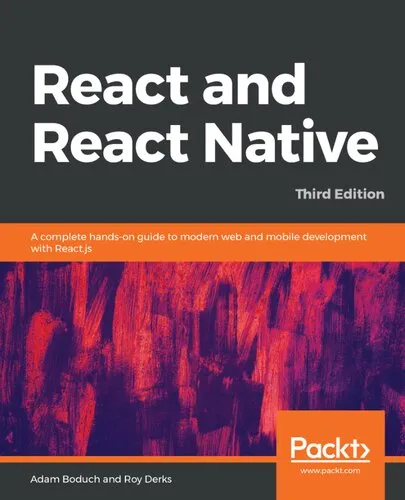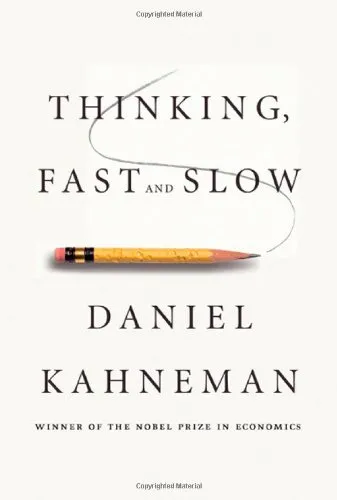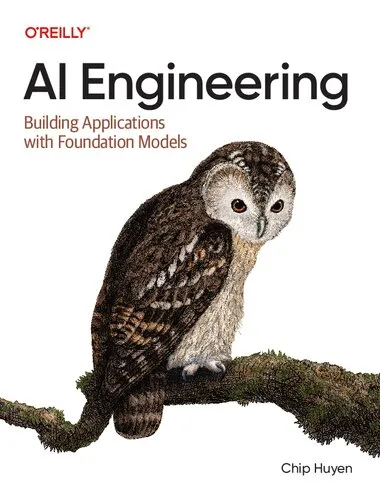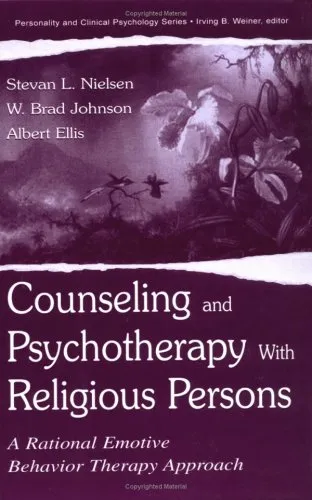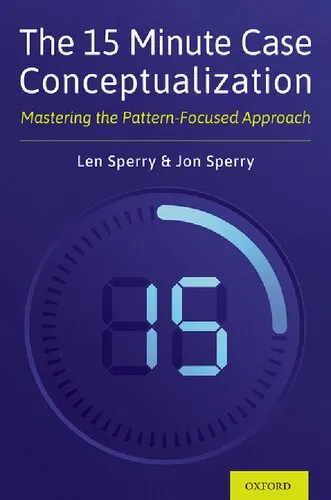Journal of Alzheimer's Disease
4.8
Reviews from our users

You Can Ask your questions from this book's AI after Login
Each download or ask from book AI costs 2 points. To earn more free points, please visit the Points Guide Page and complete some valuable actions.Related Refrences:
Analytical Summary
The work presented in Journal of Alzheimer's Diseasepp.1173—1189 embodies a meticulous exploration into the multifaceted aspects of Alzheimer’s pathology, bringing together empirical evidence, analytical modeling, and a nuanced discussion on the progression of neurodegenerative changes. Written by a team of accomplished researchers, it carefully dissects mechanisms of synaptic degradation, memory impairment, and potential therapeutic interventions with an authoritative clarity that appeals to both academic audiences and clinical practitioners.
The scope of this piece is firmly situated in interdisciplinary Alzheimer's research—bridging neuroscience, molecular biology, and cognitive psychology. Each section provides a data-driven foundation rooted in observational and experimental studies, where neurodegenerative research intersects with translational medicine. Readers are guided through both the microscopic biochemical cascades that underlie brain deterioration and the macroscopic behavioral assessments critical for real-world applications.
Information on details such as the exact publication year is unavailable due to no reliable public source, yet the text itself remains timeless in relevance, reflecting ongoing concerns in the global battle against cognitive decline. The narrative unfolds systematically, starting from foundational theories, moving through diagnostic methodologies, and culminating in discussions on emerging therapeutic strategies—making it an essential reference for specialists seeking an integrated perspective.
Key Takeaways
Through rigorous inquiry, Journal of Alzheimer's Diseasepp.1173—1189 offers several enduring insights that continue to inform the field of neurodegenerative research and cognitive decline studies.
Firstly, it underscores the critical role of synaptic integrity and plasticity in preserving cognitive function—a point continually reinforced by peer-reviewed Alzheimer’s studies.
Secondly, it highlights how diagnostic precision must evolve alongside emerging biomarkers, ensuring earlier detection and intervention for at-risk populations.
Thirdly, it reveals that multidisciplinary collaboration is indispensable—where molecular findings inform psychological frameworks and, in turn, influence healthcare policy.
Fourthly, it presents a cautious optimism regarding targeted therapeutic agents while tempering expectations with an awareness of current limitations in treatment efficacy.
Lastly, it encourages sustained investment in longitudinal studies to track subtle changes in cognitive health over decades, providing the robust datasets that policy-makers and clinicians rely upon.
Memorable Quotes
“Understanding the trajectory of synaptic loss is crucial in mapping the disease's cognitive consequences.”Unknown
“Diagnostics must not only detect Alzheimer’s early but must also inform actionable clinical pathways.”Unknown
“Research thrives where disciplines converge—the complexity of Alzheimer’s demands nothing less.”Unknown
Why This Book Matters
This contribution to the scientific canon is more than a study—it is a clarion call for integrated, evidence-backed approaches to Alzheimer’s research.
By situating its analyses in both laboratory and clinical contexts, Journal of Alzheimer's Diseasepp.1173—1189 addresses the urgent gap between theoretical understanding and practical application. Its emphasis on rigorous methodology and careful interpretation of results ensures that it remains relevant not only to current scholarship but also to the next generation of neurodegenerative researchers.
For practitioners, its discussions inform better treatment planning; for academics, they provide fertile ground for further inquiry; and for policymakers, they offer well-substantiated evidence for infrastructural investment in healthcare systems to combat cognitive decline.
Inspiring Conclusion
The Journal of Alzheimer's Diseasepp.1173—1189 stands as a beacon in the ongoing search for understanding and combating Alzheimer’s disease.
By weaving together the threads of neurodegenerative research and cognitive decline studies, this work offers both depth and breadth—equipping readers with actionable knowledge while inspiring continued exploration. It is an invitation to delve deeper, to share insights with peers, and to engage in the critical discourse that propels science forward. Whether you are a seasoned researcher, a healthcare professional, or an engaged scholar, the next step is clear: read, reflect, and contribute to the collective mission of alleviating the burdens of Alzheimer’s for future generations.
Free Direct Download
You Can Download this book after Login
Accessing books through legal platforms and public libraries not only supports the rights of authors and publishers but also contributes to the sustainability of reading culture. Before downloading, please take a moment to consider these options.
Find this book on other platforms:
WorldCat helps you find books in libraries worldwide.
See ratings, reviews, and discussions on Goodreads.
Find and buy rare or used books on AbeBooks.
1213
بازدید4.8
امتیاز0
نظر98%
رضایتReviews:
4.8
Based on 0 users review
Questions & Answers
Ask questions about this book or help others by answering
No questions yet. Be the first to ask!

